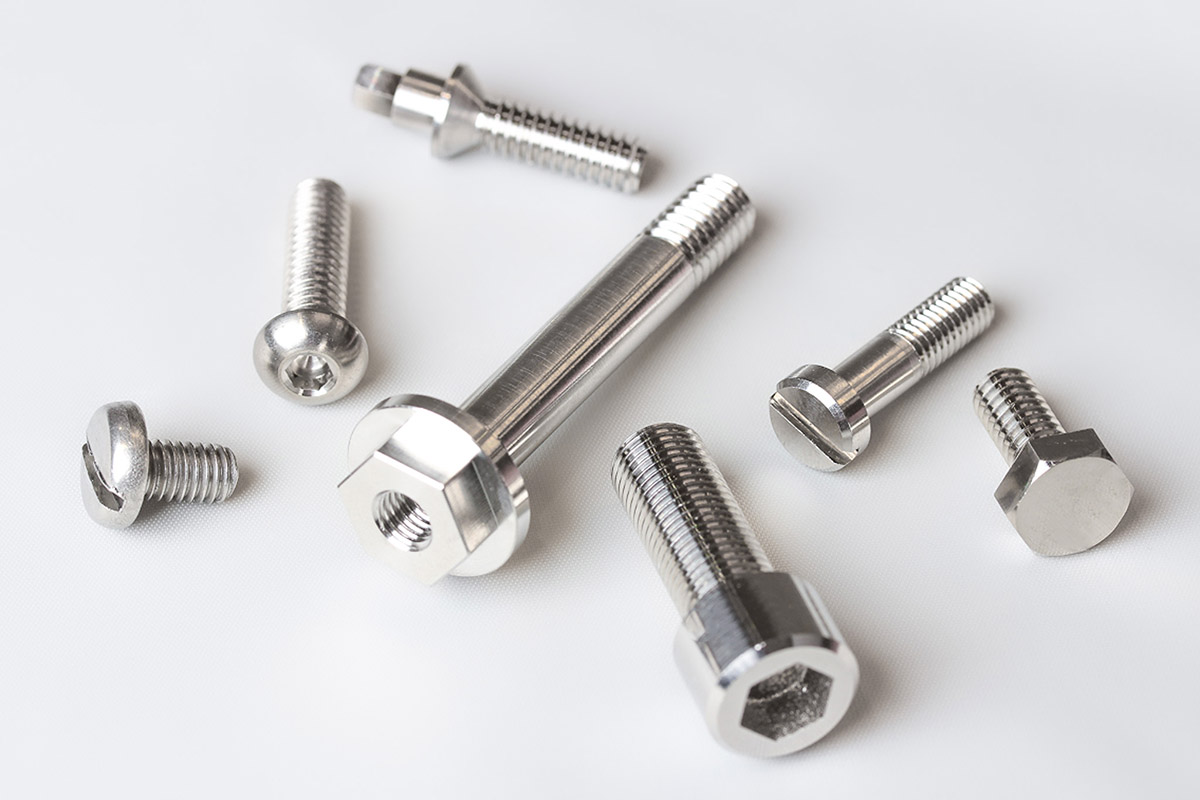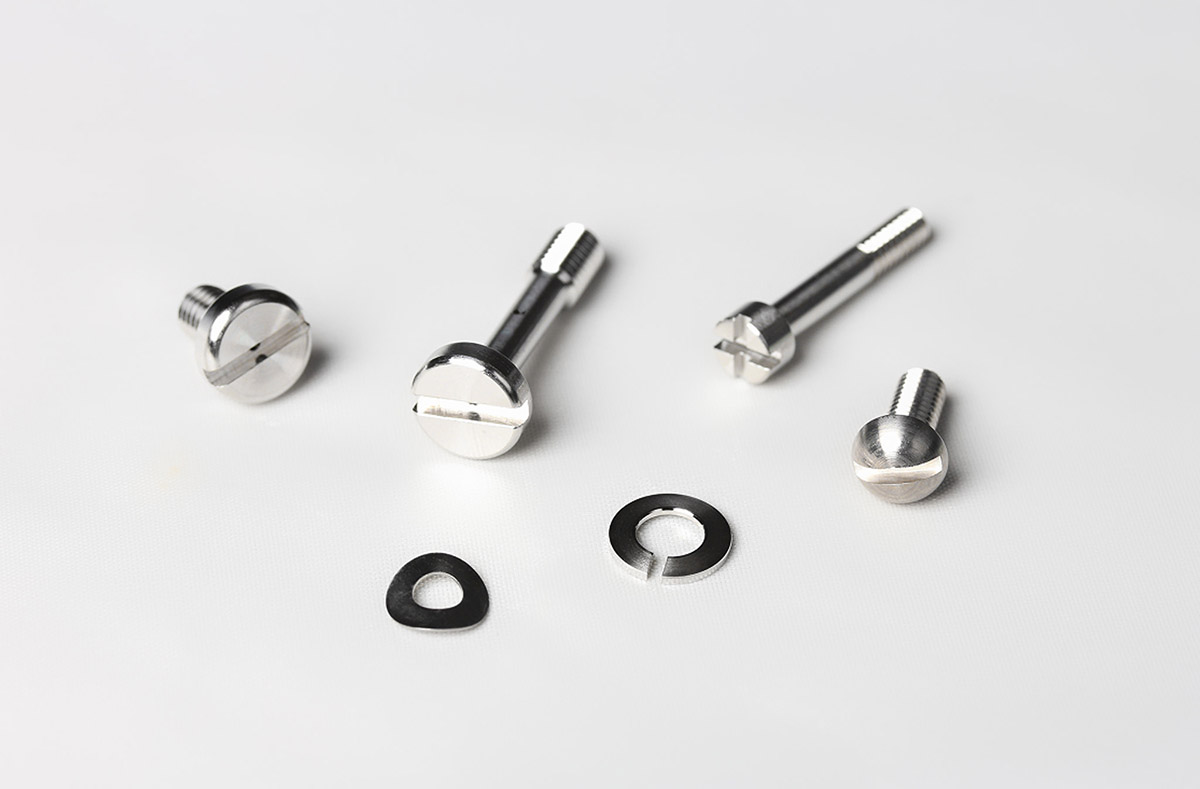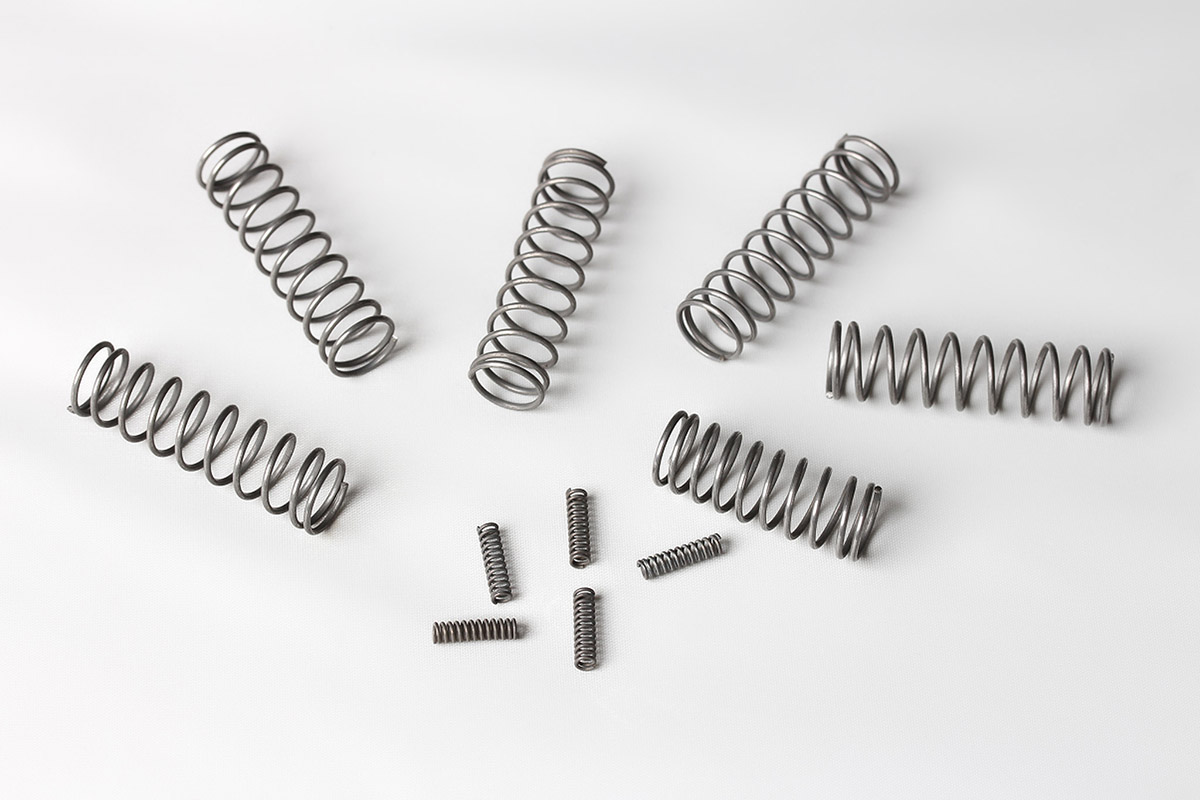High Temperature and Corrosion Resistant Parts

Materials
Hastelloy® C276
Hastelloy® C22
Hastelloy® X
Contact
Material Details
Hastelloy® C276
This Nickel-Molybdenum-Chromium alloy with the addition of Tungsten, has excellent corrosion resistance in a wide range of corrosive media and is especially resistant to pitting and crevice corrosion. Hastelloy® C276 is considered to be the most versatile corrosion resistant alloy available, as it is resistant to the formation of grain boundary precipitates in the weld heat-affected zone; this makes it ideal for most chemical process applications in an as welded condition. Hastelloy® C276 also has exceptional resistance to pitting, stress-corrosion cracking and oxidizing atmospheres, as well as excellent resistance to multiple different chemical environments.
Hastelloy® C22
A Nickel-Chromium-Molybdenum alloy with better overall resistance and versatility than any other NiCrMo available. It has excellent resistance to localised corrosion and to a variety of mixed industrial chemicals. Hastelloy® C22 is used in severely corrosive media involving high chloride and temperature applications such as buffer solutions, active pharmaceutical ingredients (API), fabric softeners, cleaning supplies, and condiments such as soy and chili sauce. Like other nickel alloys, Hastelloy® C22 is extremely ductile, exhibits exceptional weldability, and can easily be fabricated into industrial components.
Hastelloy® X
Hastelloy® X is a Nickel-Chromium-Iron-Molybdenum alloy with an exceptional combination of oxidation resistance, ease of fabrication and high temperature strength. It has also been found to be exceptionally resistant to stress corrosion cracking in petrochemical applications. Hastelloy® X possesses exceptional strength and oxidation resistance up to 1200°C (2200°F), and has exceptional forming and welding characteristics. Some applications that Hastelloy® X is recommended for includes gas turbine engines, combustor cans, spray bars and flame holders.
| Material | Key Features | Applications | Chemical Compositions (%) |
|---|---|---|---|
| Hastelloy® C276 |
|
|
Ni
BAL
Mo
15.00
Cr
14.50
Fe
4.00
W
3.00
|
| Hastelloy® C22 |
|
|
Ni
BAL
Mo
12.50
Cr
20.00
Fe
2.00
W
2.50
|
| Hastelloy® X |
|
|
Ni
BAL
Mo
8.00
Cr
20.50
Fe
17.00
|

Materials
Haynes® 242
Monel® 400
Monel® K-500
Contact
Material Details
Haynes® 242
Haynes® 242 is an age-hardenable nickel-molybdenum chromium alloy which derives its strength from a long-range ordering reaction upon aging. It has tensile and creep strength properties up to 1200 – 1300°F (649 – 704°C) which are as much as double those for solid solution strengthened alloys, but with high ductility in the aged condition. The thermal expansion characteristics of Haynes® 242 are much lower than those for most other alloys, and it has very good oxidation resistance up to 1500°F (816°C). Other attractive features include excellent low cycle fatigue properties, very good thermal stability, and resistance to high-temperature fluorine and fluoride environments. Haynes® 244 has been developed as an upgrade from Haynes® 242, with enhanced tensile and creep properties up to 1400°F (760°C), as well as a lower coefficient of thermal expansion.
Monel® 400
A Nickel-Copper alloy with high strength and excellent corrosion resistance in a range of acidic and alkaline environments and suitable for reducing conditions. It also has good ductility and thermal conductivity. Used in a variety of applications, Monel® 400 has excellent resistance to seawater, and can also be used in hydrochloric and hydrofluoric acids.
Monel® K-500
This Nickel-Copper alloy is precipitation hardenable, due to the additions of Aluminium and Titanium. It combines the corrosion resistance of Monel® 400 but gives the added advantage of extra strength and hardness (as a result of its age hardening ability). Monel® K-500 provides corrosion resistance in several marine and chemical applications.
| Material | Key Features | Applications | Chemical Compositions (%) |
|---|---|---|---|
| Haynes® 242 |
|
|
Ni
65.00
Mo
25.00
Cr
8.00
Fe
2.00 (Max)
Co
1.00 (Max)
|
| Monel® 400 |
|
|
Ni+Co
63.00
Cu
28.00
|
| Monel® K-500 |
|
|
Ni
63.00
Cu
27.00
Ai
2.30
|

Materials
Nickel® 200
Nickel® 201
Inconel® 600
Inconel®
625
Inconel® 718
Inconel® X-750
Contact
Material Details
Nickel® 200
Nickel® 200 is commercially pure and has good mechanical properties and excellent corrosion resistance to alkalis i.e. Sodium hydroxide. It also has good electrical, thermal and magneto-strictive properties. The corrosion resistance of Nickel® 200 means it is suited to products in food handling, synthetic fibres, and caustic alkalis. Other applications include aerospace components, electrical and electronic parts, and chemical shipping drums.
Nickel® 201
A commercially pure Nickel (typically 99.6% Nickel), Nickel® 201 is essentially the same as Nickel® 200, but with a lower carbon content to prevent embrittlement by inter granular carbon at temperatures over 315°C (600°F). Lower carbon content also reduces hardness, which makes it ideally suited for spinning and cold forming. It is also preferred to Nickel® 200 for applications involving exposure to temperatures above 315°C (600°F).
Inconel® 600
A Nickel-Chromium alloy with good resistance to oxidation and corrosion at high temperatures. An austenitic soldsolution alloy, Inconel® 600 also shows good resistance to chloride-ion stress-corrosion cracking. Inconel® 600 is a spring quality wire, cold drawn and with excellent mechanical properties, often used in furnace components, chemical and food processing, and nuclear engineering. of high strength and good workability.
Inconel® 625
A Nickel-Chromium-Molybdenum alloy with excellent corrosion resistance in a wide range of corrosive media, being especially resistant to pitting and crevice corrosion. Inconel® 625 provides resistance to stress corrosion cracking to chloride ions, making it a favourable choice for sea water applications. The alloy also provides commendable oxidation resistance, with its high strength a result of the stiffening combination of Molybdenum and Niobium on the alloys Nickel-Chromium base.
Inconel® 718
Nickel-Chromium alloy being precipitation hardenable and having high creep-rupture strength at high temperatures to about 700°C (1290°F). It has higher strength than Inconel® X-750 and better mechanical properties at lower temperatures than Nimonic 90 and Inconel® X-750. Inconel® 718 has exceptional weldability compared to the Nickelbase super alloys hardened by Aluminium and Titanium.
Inconel® X-750
Inconel® X-750 is a Nickel-Chromium alloy made precipitation hardenable by additions of Aluminium and Titanium, having creep-rupture strength at high temperatures to about 700°C (1290°F). It is widely used for high temperature conditions but is not as strong as Nimonic® 90, but Inconel® X-750 also holds exceptional properties all the way down to cryogenic temperatures.
| Material | Key Features | Applications | Chemical Compositions (%) |
|---|---|---|---|
| Nickel® 200 |
|
|
Ni
99.00
Cu
0.25
Fe
0.40
Mn
0.35
Si
0.35
C
0.15
|
| Nickel® 201 |
|
|
Ni
99.20
Cu
0.25
Fe
0.40
Mn
0.35
Si
0.35
C
0.02
|
| Inconel® 600 |
|
|
Ni
72.00
Cr
14.00
Fe
6.00
|
| Inconel® 625 |
|
|
Ni
58.00
Cr
20.00
Mo
8.00
Nb / Cb
3.15
|
| Inconel® 718 |
|
|
Ni
50.00
Cr
17.00
Mo
2.80
Nb / Cb
4.75
|
| Inconel® X-750 |
|
|
Ni
70.00
Cr
14.00
Fe
5.00
Ti
2.25
|

Spring-Formed Solution
Materials
Inconel® 625
Inconel® 718
Inconel® X-750
Nimonic®
80A
Nimonic® 90
Contact
Spring-Formed Solution
Material Details
Inconel® 625
A Nickel-Chromium-Molybdenum alloy with excellent corrosion resistance in a wide range of corrosive media, being especially resistant to pitting and crevice corrosion. Inconel® 625 provides resistance to stress corrosion cracking to chloride ions, making it a favourable choice for sea water applications. The alloy also provides commendable oxidation resistance, with its high strength a result of the stiffening combination of Molybdenum and Niobium on the alloy’s Nickel-Chromium base.
Inconel® 718
Nickel-Chromium alloy being precipitation hardenable and having high creep-rupture strength at high temperatures to about 700°C (1290°F). It has higher strength than Inconel® X-750 and better mechanical properties at lower temperatures than Nimonic® 90 and Inconel® X-750. Inconel® 718 has exceptional weldability compared to the Nickel-base super alloys hardened by Aluminium and Titanium.
Inconel® X-750
Inconel® X-750 is a Nickel-Chromium alloy made precipitation hardenable by additions of Aluminium and Titanium, having creep-rupture strength at high temperatures to about 700°C (1290°F). It is widely used for high temperature conditions but is not as strong as Nimonic 90, but Inconel® X-750 also holds exceptional properties all the way down to cryogenic temperatures.
Nimonic® 90
A Nickel-Chromium-Cobalt alloy being precipitation hardenable, having high stress-rupture strength and creep resistance at high temperatures up to about 950°C (1740°F). It is widely used and a well proven alloy in high temperature conditions. Some typical applications for Nimonic® 90 include turbine blades, discs, forgings, ring sections, hot-working tools and other extreme environments.
| Material | Key Features | Applications | Chemical Compositions (%) |
|---|---|---|---|
| Inconel® 625 |
|
|
Ni
58.00
Cr
20.00
Mo
8.00
Nb/Cb
3.15
|
| Inconel® 718 |
|
|
Ni
50.00
Cr
17.00
Mo
2.80
Al
0.20
Ti
0.65
Nb/Cb
4.75
|
| Inconel® X-750 |
|
|
Ni
70.00
Cr
14.00
Fe
5.00
Ti
2.25
|
| Nimonic® 90 |
|
|
Ni
BAL
Cr
18
Mo
15
Ti
2
Ai
1
|
Similar products

